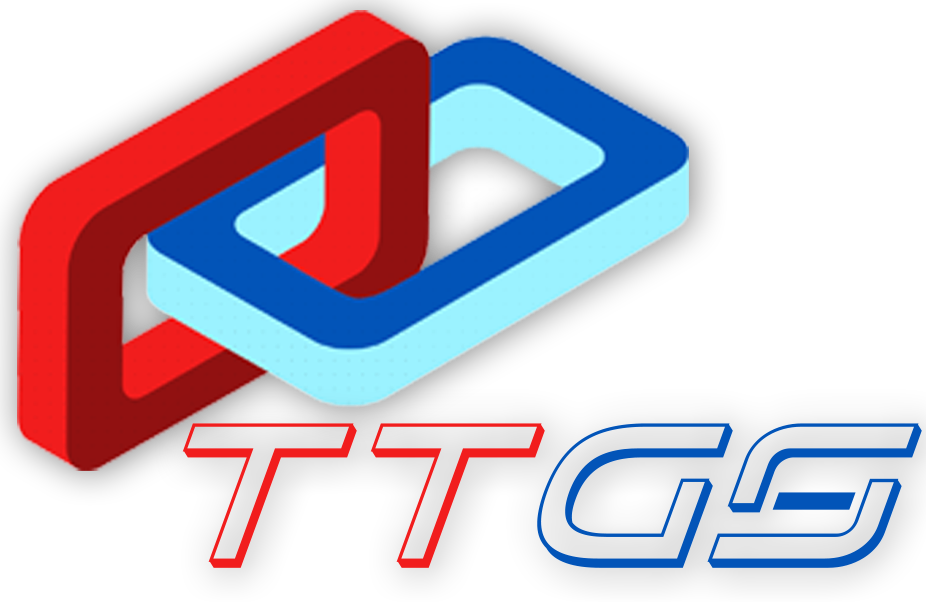The "Digital Agency" that always helps your Business grow!

Made EASY

Compliant
Grow with Pride
&
Grow Faster
Get your Business VAT ready with Zoho Books

Understanding Value Added Tax
Tax can be defined as a fee charged by the government on goods, services, income and other transactions in order to finance public services and government expenditure. There are two major tax categories:
-
A direct tax is paid directly to the government by the taxpayer.
-
An indirect tax is paid to the government by an intermediary, who collects the tax from the taxpayer on behalf of the government.
The VAT is an indirect tax levied on the consumption or use of goods and services. It is charged at each step of the supply process. The end consumers bear the costs of VAT while registered businesses collect and account for VAT, acting as tax collectors on behalf of the government.
How does VAT work?
Let’s consider the following example to see how the VAT system works:
-
A manufacturer who produces plasma television sets sells a TV to a wholesaler for AED 1000. Under the new tax system, the manufacturer collects a VAT of 5% (AED 50) from the wholesaler on behalf of the government. The wholesaler then pays a total amount of AED 1050.
-
The wholesaler increases the selling price to AED 2000 and sells it to a retailer. The wholesaler collects a VAT of 5% (AED 100) from the retailer on behalf of the government, while also receiving a refund of the VAT paid to the manufacturer in the previous step. The retailer pays a total amount of AED 2100.
-
The retailer further increases the selling price to AED 3000 and sells it to the end customer. The retailer collects a VAT of 5% (AED 150) from the end customer, while also receiving a refund of the VAT paid to the wholesaler in the previous step.
-
The end customer pays a total amount of AED 3150 for the plasma TV set.
A value added tax is applied at every stage of the sales process, and the registered business receives a refund (or tax credit) on the VAT paid at the previous step. The Federal Tax Authority (FTA) has specified a fixed VAT rate of 5% for the sale of goods and services in the UAE.
Why is the VAT being introduced?
The UAE delivers excellent public services, including healthcare, education, public transportation, and social services. The introduction of a VAT will allow the government to diversify their sources of income and continue to ensure a good standard of living for UAE residents. The implementation of VAT is expected to generate AED 12bn of revenue in it’s first year and up to AED 20bn in the second year.


